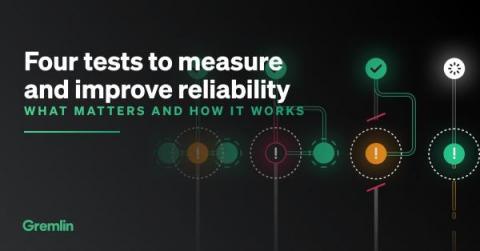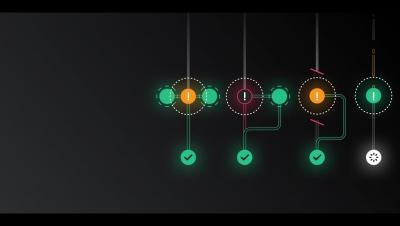What is Reliability Management?
Measuring and improving the reliability of technical systems has always been challenging. As an industry, we've developed several practices to try and address reliability concerns, such as incident response, observability, and Chaos Engineering. This led SREs and service owners to measure reliability in a handful of ways.











